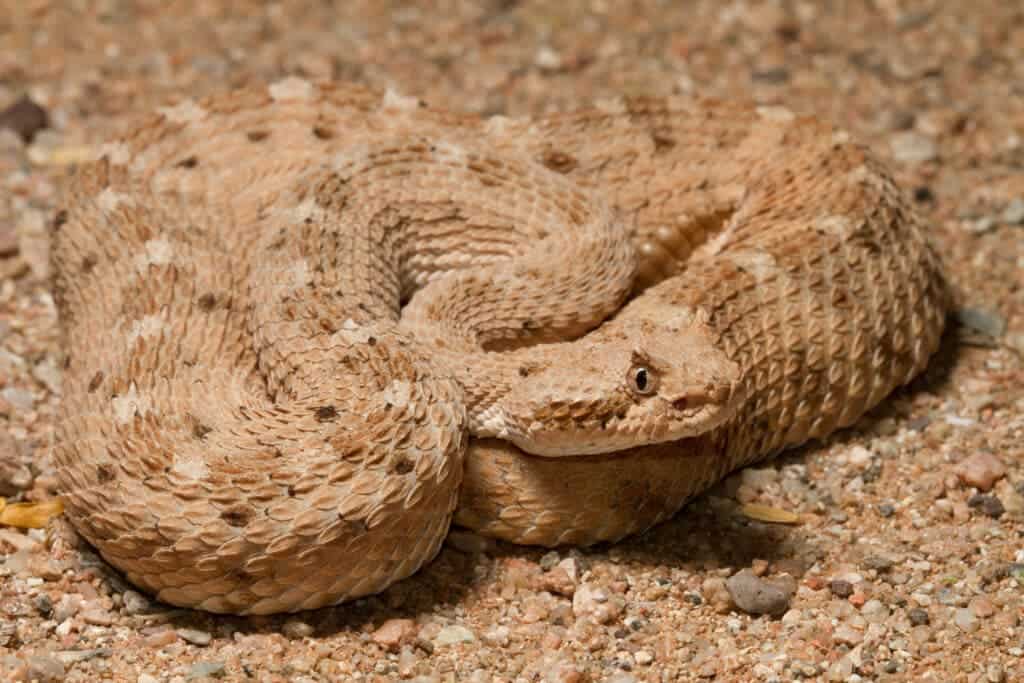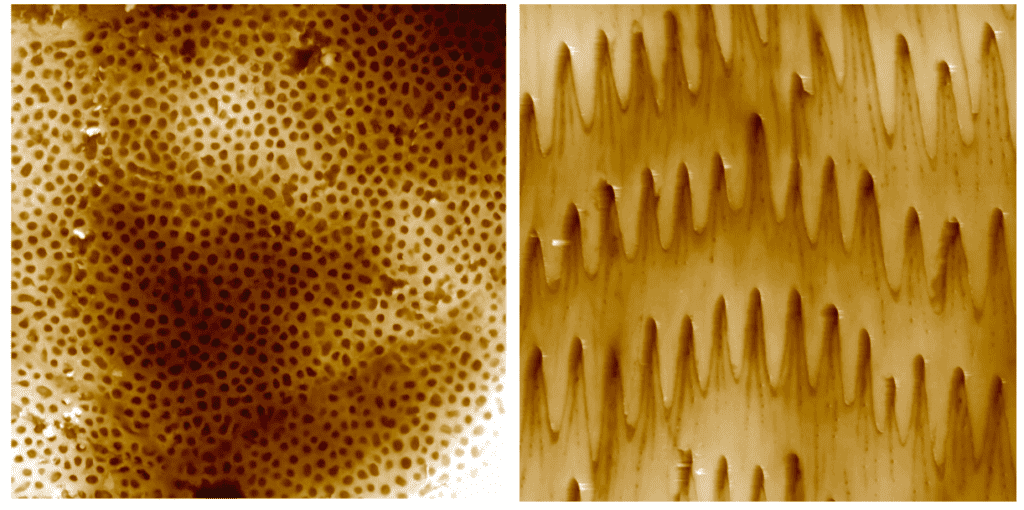Despite having a similar body shape and structure, not all snakes move in the same way. Most, when they move from A to B, slither head-first. But a minority of them (especially desert snakes) do it differently: they slither with their mid-sections first, slithering sideways across the loose sand. Now, researchers know why.

At first glance, you’d think that snakes have a hard time moving around — after all, they have no legs. But here’s the thing: not only do snakes do just fine by slithering, they’re found in almost all environments on Earth, managing to thrive on a variety of surfaces, including sandy environments.
If you’ve ever tried jogging on a beach, you know how hard moving across loose sand is. Now imagine you’re a snake, and your whole body is essentially a sole, how would you even manage moving around?
Researchers have known for a while that snakes in sandy environments tend to move in a different way than others, and they suspected it has something to do with the sand itself. So they set out to investigate it.
“The specialized locomotion of sidewinders evolved independently in different species in different parts of the world, suggesting that sidewinding is a good solution to a problem,” says Jennifer Rieser, assistant professor of physics at Emory University and a first author of the study. “Understanding how and why this example of convergent evolution works may allow us to adapt it for our own needs, such as building robots that can move in challenging environments.”
Rieser’s work joins together biology and soft matter physics (flowable materials, like sand). She studies how animals move around on these surfaces, and how this could help us develop new technologies by adapting what we see in nature (something called biomimicry).
Snakes are particularly interesting because they move in such a peculiar way. Even though snakes “have a relatively simple body plan, they are able to navigate a variety of habitats successfully,” she says. What we’ve learned from snakes has already been applied in several fields. Their long flexible bodies have inspired robots used in surgical procedures or search missions in collapsed buildings, for instance.
The key to the movements of these sidewinder snakes lies in their bellies — in the tiny details of their bellies, to be precise. Rieser and colleagues analyzed three sidewinder snakes (all vipers). They gathered skin the snakes had shed and looked at it with an atomic microscope, zooming in to the atomic level. They also scanned skins shed by non-sidewinders for comparison.

The regular, non-sidewinder snakes had tiny spikes on their skin, invisible to the human eye. These spikes create friction between the snake and the surface, which acts as a grip allowing them to propel themselves forward headfirst. The sidewinders, however, didn’t have the spikes. Instead, they had tiny holes, because you can’t really create friction or a grip with a surface like sand (that’s also why it’s harder to run on sand than concrete or soil).
“You can think about it like the ridges on corduroy material,” Rieser says. “When you run your fingers along corduroy in the same direction as the ridges there is less friction than when you slide your fingers across the ridges.”
However, some snakes also seemed to have a few spikes, which researchers interpret as a sort of evolutionary “work in progress”. These snakes are younger in their evolutionary history, and haven’t yet had time to fully shed their spikes, the team explains.
“That may explain why the sidewinder rattlesnake still has a few micro spikes left on its belly,” Rieser says. “It has not had as much time to evolve specialized locomotion for a sandy environment as the two African species, that have already lost all of their spikes.”
As for biomimicry, it’s a good lesson: if you want to build a robot that can move on a sand or sand-like surface, you need to pay attention to the texture of its skin.
Journal Reference: Jennifer M. Rieser el al., “Functional consequences of convergently evolved microscopic skin features on snake locomotion,” PNAS (2021). www.pnas.org/cgi/doi/10.1073/pnas.2018264118


